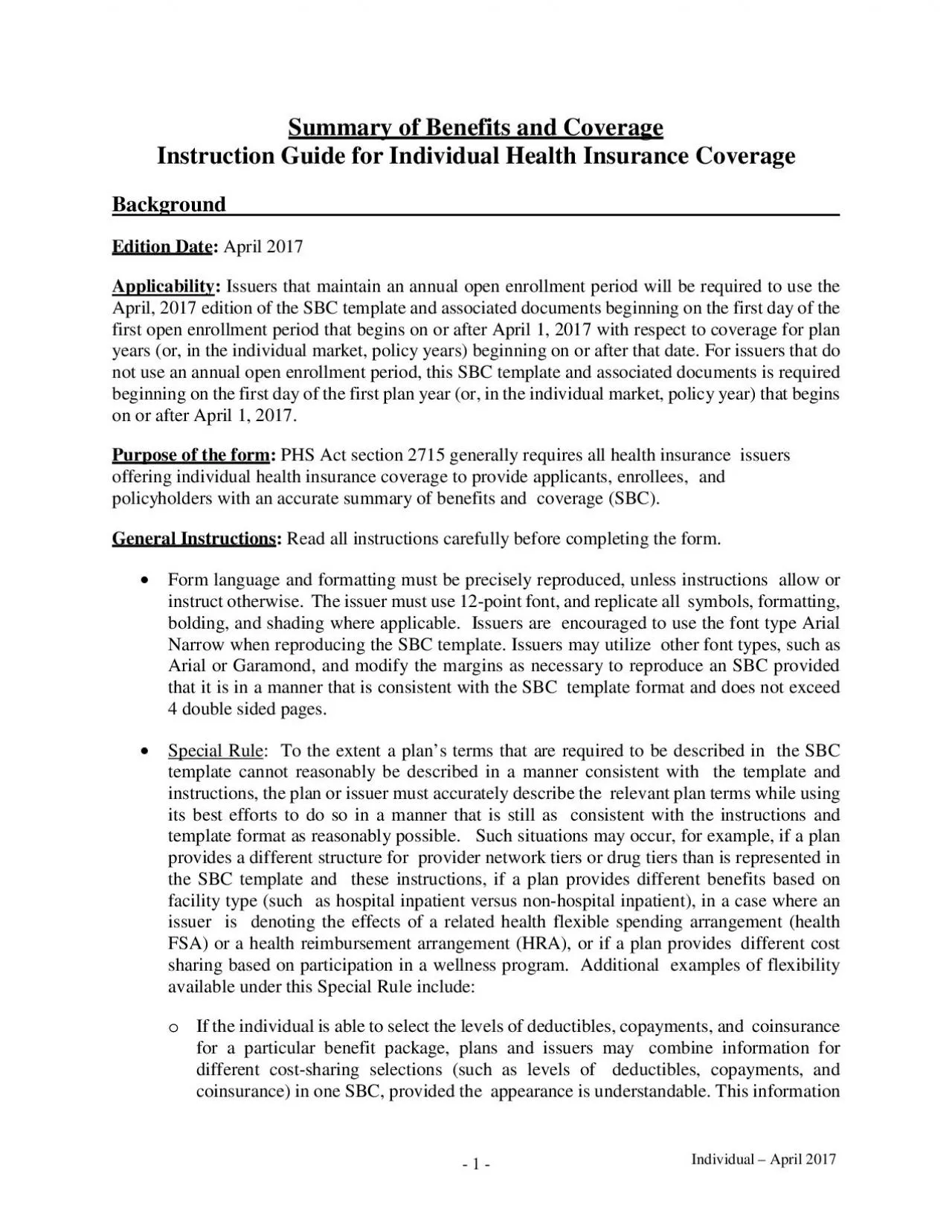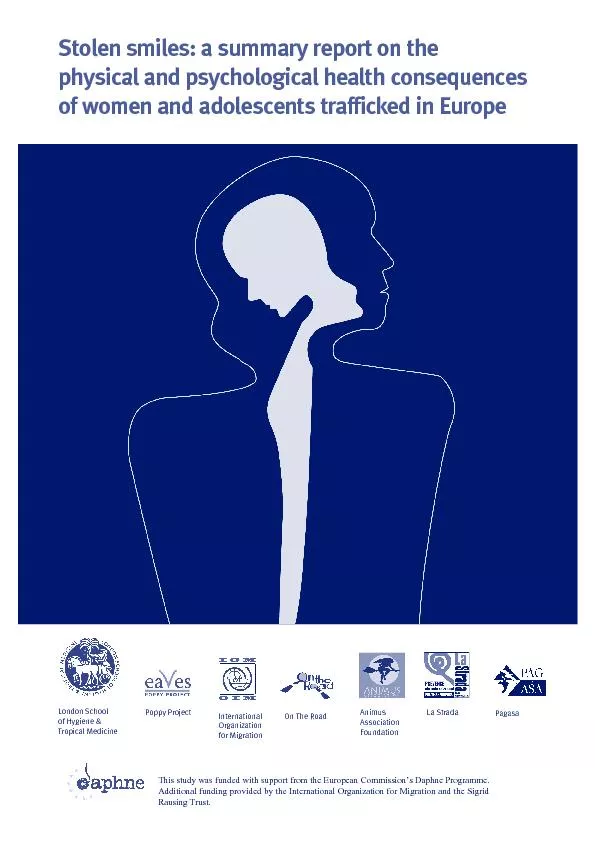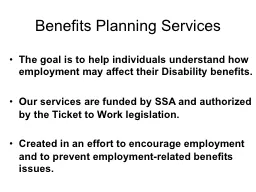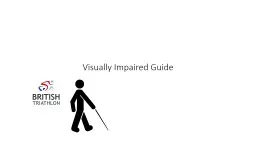PDF-Summary of Benefits and CoverageInstruction Guide for Individual Healt
Author : sylvia | Published Date : 2021-09-26
Background EditionDate April201Applicabilityssuers that maintain an annual open enrollment periodwill be required to use theApril 2017 edition of the SBC template
Presentation Embed Code
Download Presentation
Download Presentation The PPT/PDF document "Summary of Benefits and CoverageInstruct..." is the property of its rightful owner. Permission is granted to download and print the materials on this website for personal, non-commercial use only, and to display it on your personal computer provided you do not modify the materials and that you retain all copyright notices contained in the materials. By downloading content from our website, you accept the terms of this agreement.
Summary of Benefits and CoverageInstruction Guide for Individual Healt: Transcript
Download Rules Of Document
"Summary of Benefits and CoverageInstruction Guide for Individual Healt"The content belongs to its owner. You may download and print it for personal use, without modification, and keep all copyright notices. By downloading, you agree to these terms.
Related Documents














